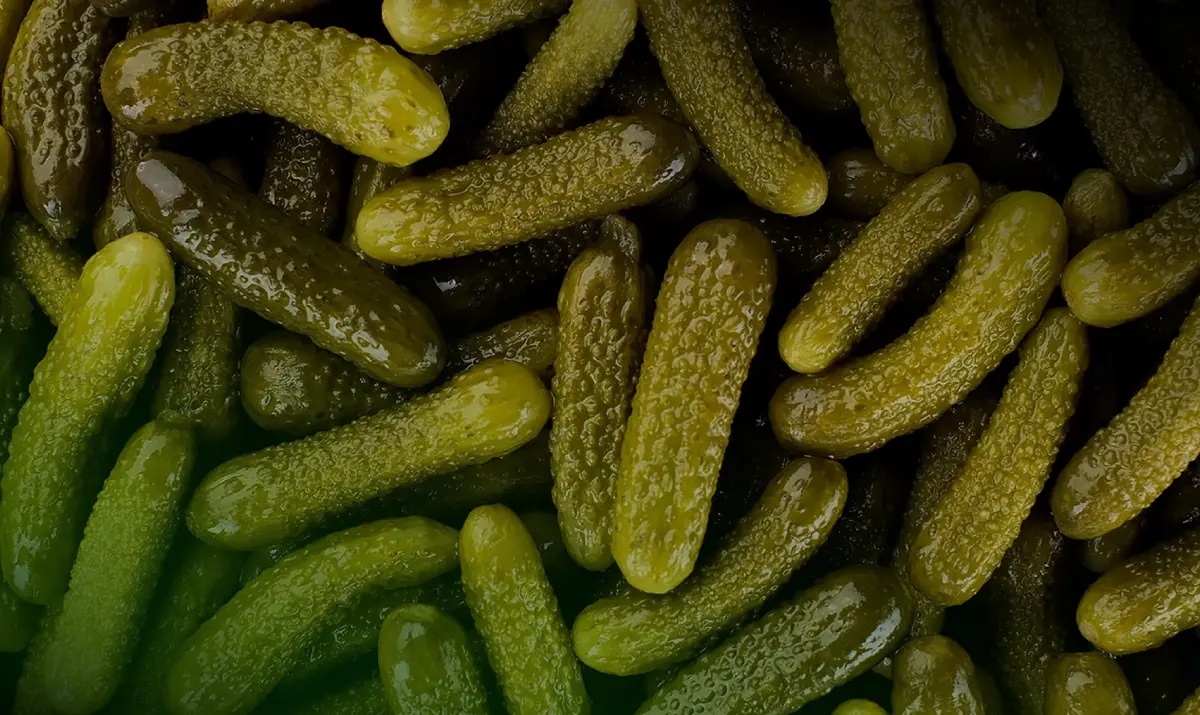Overcoming Flavor Fatigue: From Overload to Nuance
In a world where every snack, beverage, and functional product vies for attention with bold, intense, and often maximalist flavors, it's no surprise that consumers are experiencing flavor fatigue. This phenomenon, characterized by a diminished appreciation for overly complex or overpowering tastes, is prompting a shift towards more subtle, balanced, and thoughtfully layered flavor experiences. For flavorists and product developers, this presents both a challenge and an opportunity: how can we design flavors that engage the palate without overwhelming it?

Why the Tongue Gets Tired
Flavor fatigue isn't just a matter of preference; it's rooted in sensory science. The human palate can become desensitized after repeated exposure to intense or heavily layered flavors. This desensitization, known as sensory-specific satiety, leads to a decrease in the perceived intensity and enjoyment of flavors over time. In the context of functional or daily-use products, this means that consumers may grow weary of products that continuously deliver bold or complex flavors, even if they initially enjoyed them.
Moreover, the overuse of certain flavor profiles, such as overly sweet or artificially flavored notes, can contribute to this fatigue. As consumers become more health-conscious and ingredient-savvy, there's a growing demand for products that offer authentic, clean, and balanced flavor experiences.

The New Aesthetic: Quiet Complexity
In response to flavor fatigue, a new design philosophy is emerging: quiet complexity. This approach emphasizes subtlety, balance, and intentional layering of flavors to create experiences that are both engaging and refreshing. Instead of relying on a single dominant flavor, products are being developed with multiple layers that unfold over time, offering a more nuanced and satisfying tasting experience.
This trend is evident in various sectors of the food and beverage industry. Beverages are increasingly incorporating botanicals, herbs, and mild spices to create flavors that are complex yet not overpowering. Similarly, snacks and functional foods are moving towards cleaner labels and simpler ingredient lists, focusing on natural flavors that allow the inherent qualities of the ingredients to shine.
Designing for the Sensory Reset: Three Tactics
To align with the quiet complexity trend and address flavor fatigue, flavorists and product developers can employ several strategies:
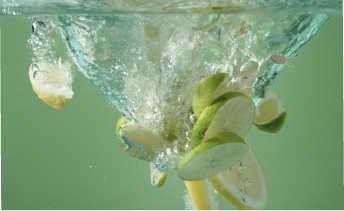
Start with a Clean Base: Begin with a neutral or lightly flavored base that allows other notes to emerge naturally. This approach provides a canvas for layering additional flavors without overwhelming the palate.
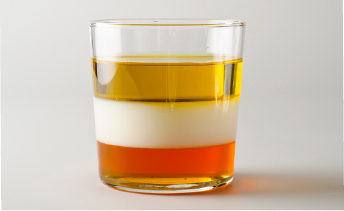
Layer Flavors Thoughtfully: Introduce flavors in a sequence that mimics natural progression. For example, a product might start with a subtle aroma, followed by a mild initial taste, and finish with a lingering aftertaste that leaves a lasting impression without being overpowering.
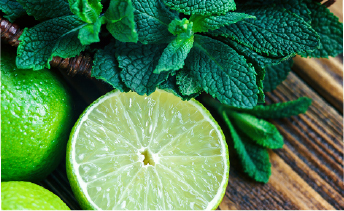
Use Accent Notes Sparingly: Instead of layering multiple strong flavors, consider using one or two accent notes that enhance the overall profile. These accents should complement the base flavors and add depth without dominating the experience.
By implementing these strategies, products can offer a more balanced and enjoyable flavor experience that resonates with consumers seeking relief from flavor fatigue.
The Payoff: Delight by Design
Adopting a quieter, more complex approach to flavor design offers several benefits:
- Enhanced Consumer Satisfaction: Products that offer balanced and nuanced flavors are more likely to be enjoyed repeatedly, leading to increased consumer satisfaction and loyalty.
- Alignment with Consumer Trends: As consumers become more discerning and health-conscious, there's a growing preference for products that offer authentic and clean flavors. Aligning with these preferences can enhance brand reputation and appeal.
- Extended Product Lifecycle: Products that avoid overwhelming the palate are less likely to contribute to flavor fatigue, potentially leading to a longer shelf life and sustained consumer interest.

In essence, the best flavors don't shout for attention—they earn it slowly. By embracing the principles of quiet complexity, flavorists and product developers can create products that not only satisfy the palate but also stand the test of time.
Insights & Trends

When Texture Talks Louder Than Taste

Spice. Sprinkle. Savor.
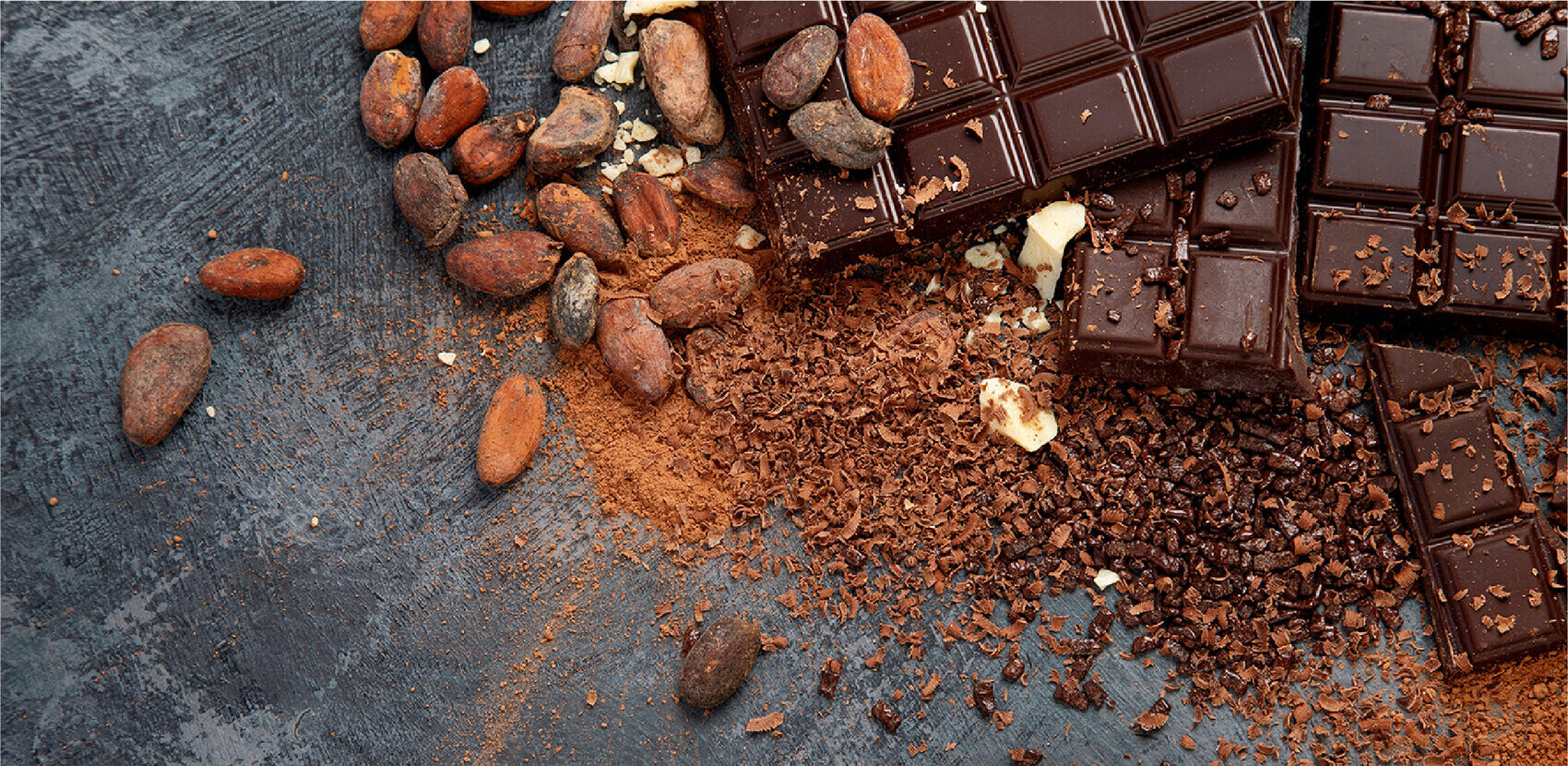
When Less Is More

From Snack to Savor

Precision Fermentation
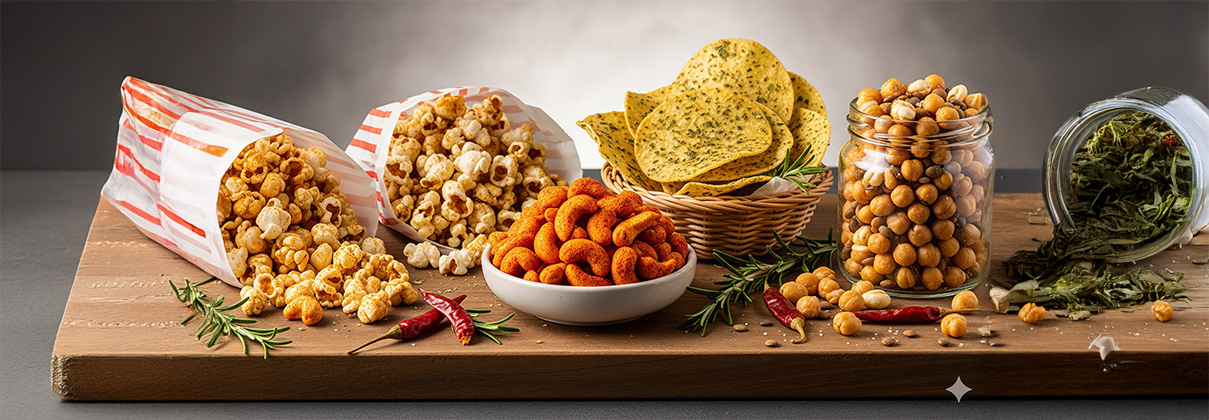
Snackification Nation

Snack to the Future

Fizz With Benefits
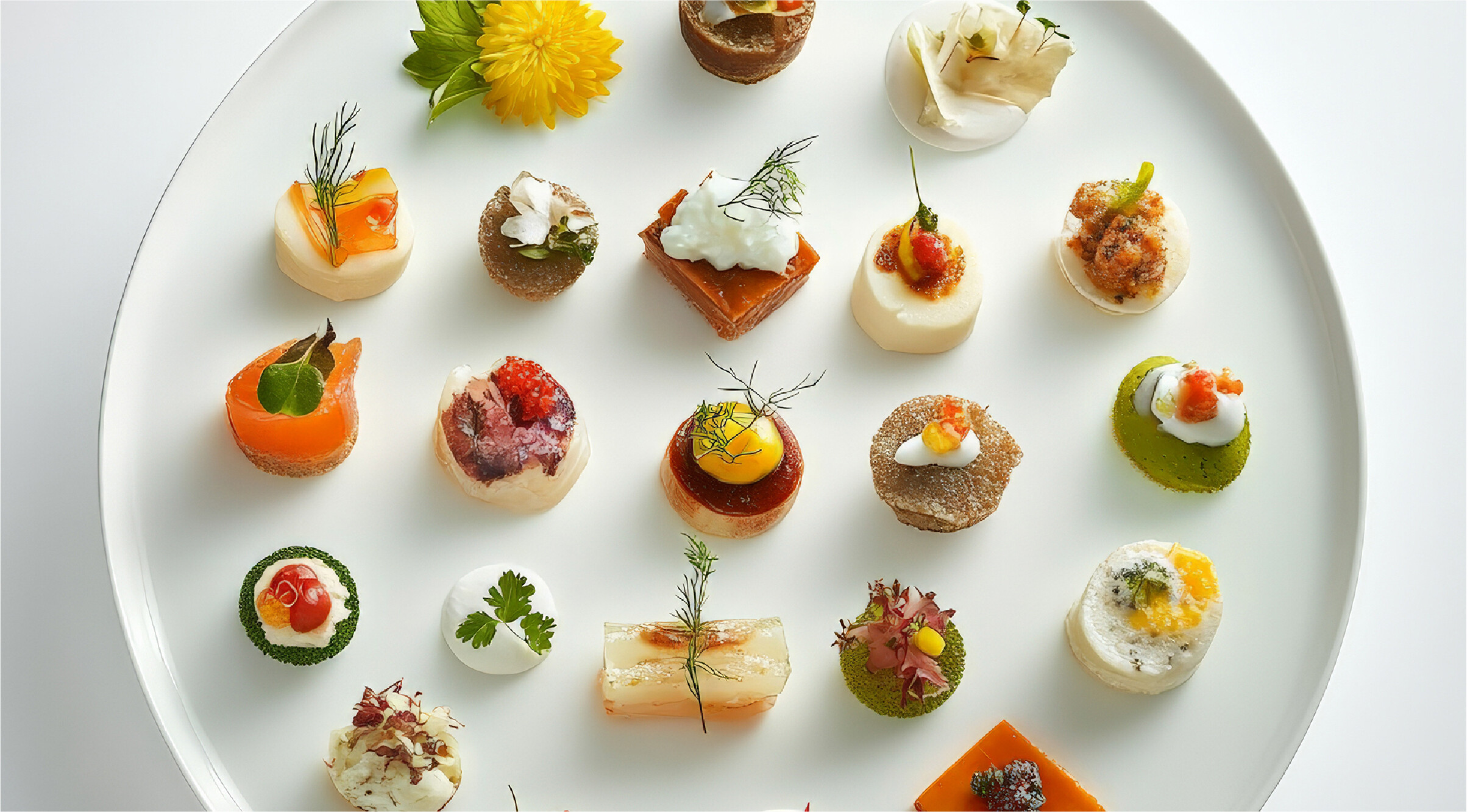
Satisfy in a Single Bite
